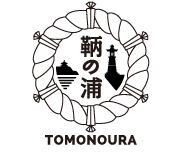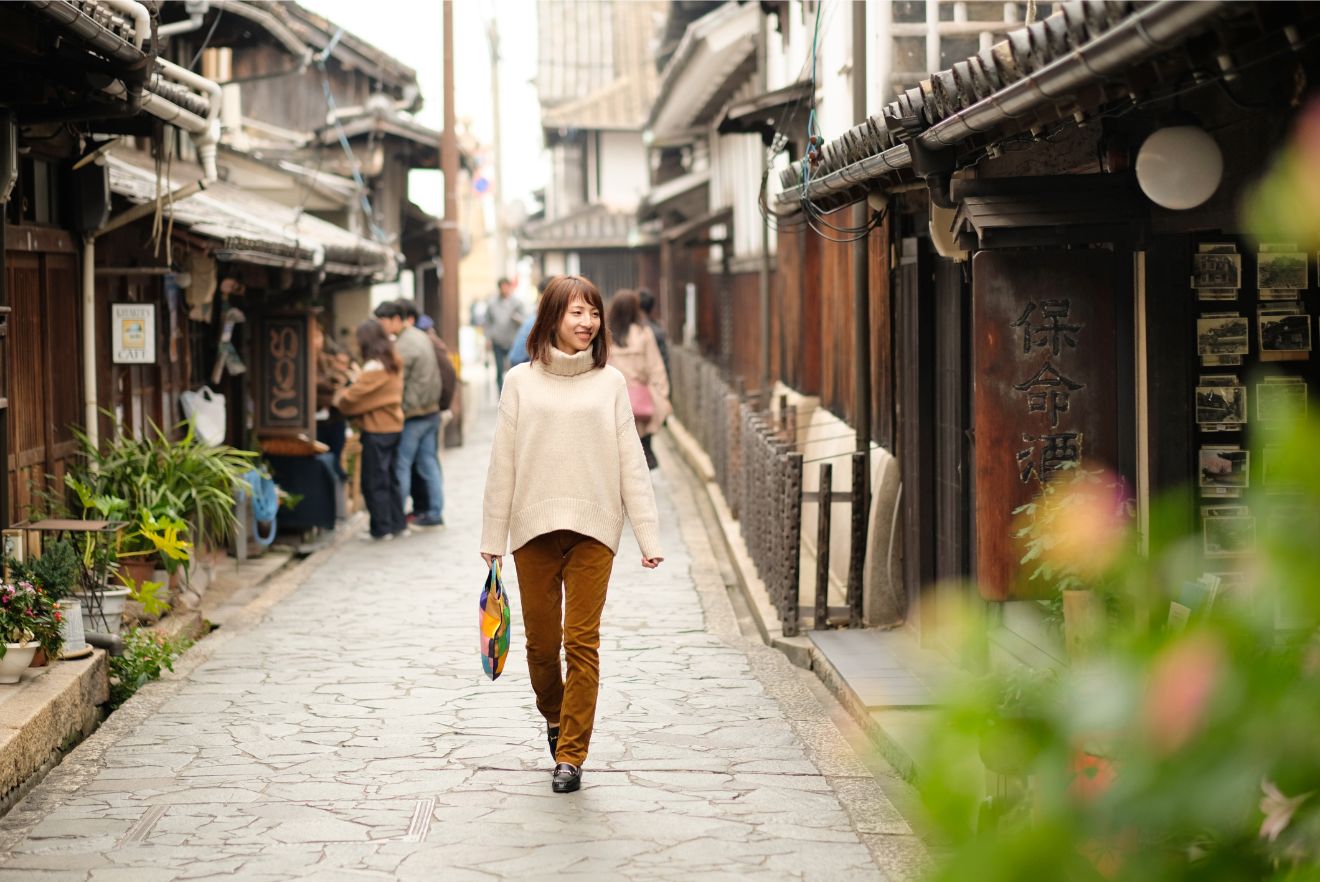Tomonoura has prospered as a “port town” over its centuries of existence. Because a large district was designated as a Preservation District for Groups of Historic Buildings of Japan in 2017, the diverse historic townscape of traditional townhouses, shrines, stone structures and port facilities are now protected for the enjoyment of future visitors to the town.
Edo Period townhouses such as the Ota Residence and Tomonotsu Merchant House exist in harmony with cool and modern architecture, creating a unique atmosphere in today’s Tomonoura. Wander the narrow streets, allow yourself to get lost and perhaps, discover something new.
Take a nostalgic walk through the backstreets
Tomonoura was once the most crowded city in all of Japan. Even today there are many historic buildings from the Edo period remaining. As you wander the maze-like alleys, you can see the Namako wall, revealing the many eras of Tomonoura’s history in layers of stone and plaster. Emerging from the narrow streets, you are greeted by the sight of the clear blue sea spreading out before you.
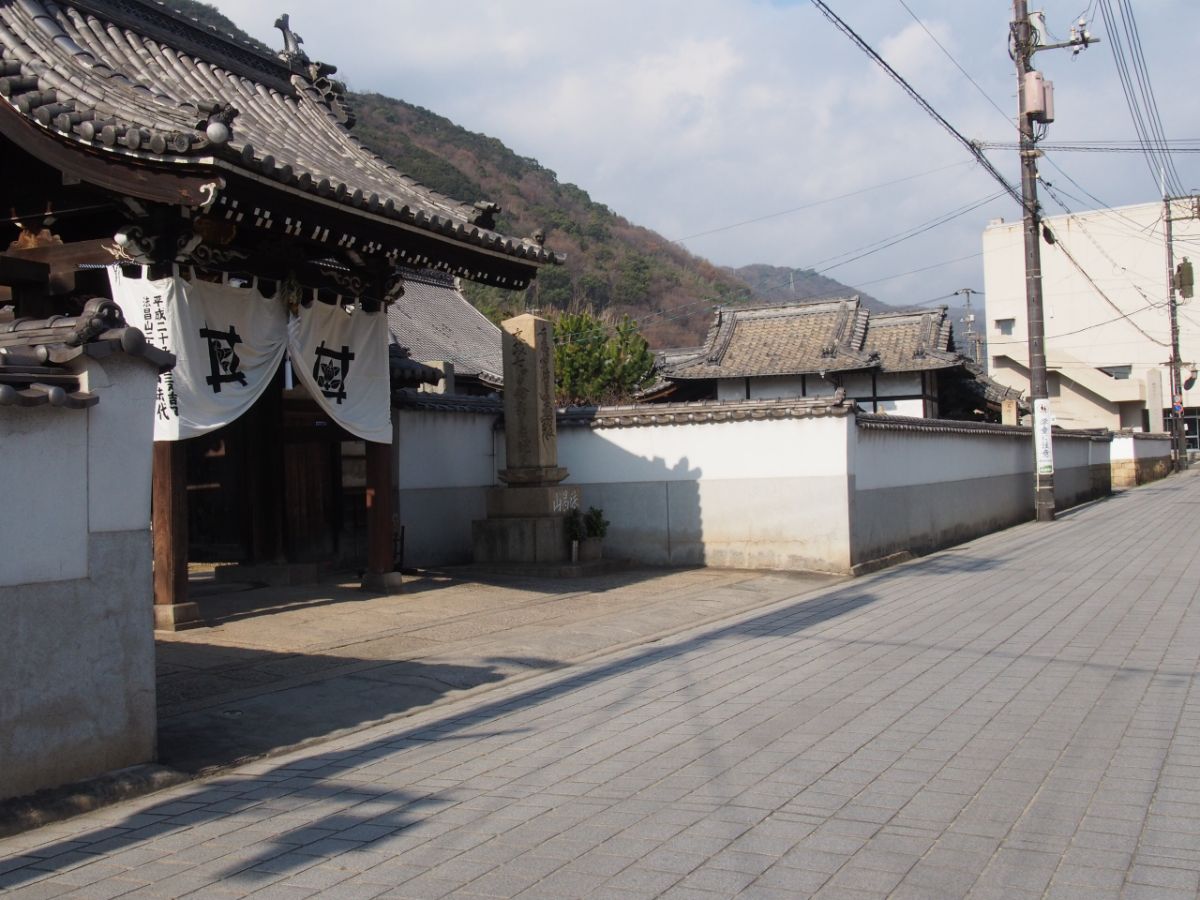
A series of temples protecting the castle town “Teramachi Street”
If you look at a map of Tomonoura, you will notice one district located on the north side of the town is densely packed with temples. After Masanori Fukushima built Tomo Castle in the early Edo period, he also built the Teramachi street for the sake of protecting the castle town. The temples of each sect were moved here, creating the path to “Nunakuma Shrine”. There are 19 temples and dozens of shrines clustered together in this part of town, making it convenient to see them all.
→ Link to Teramachi street
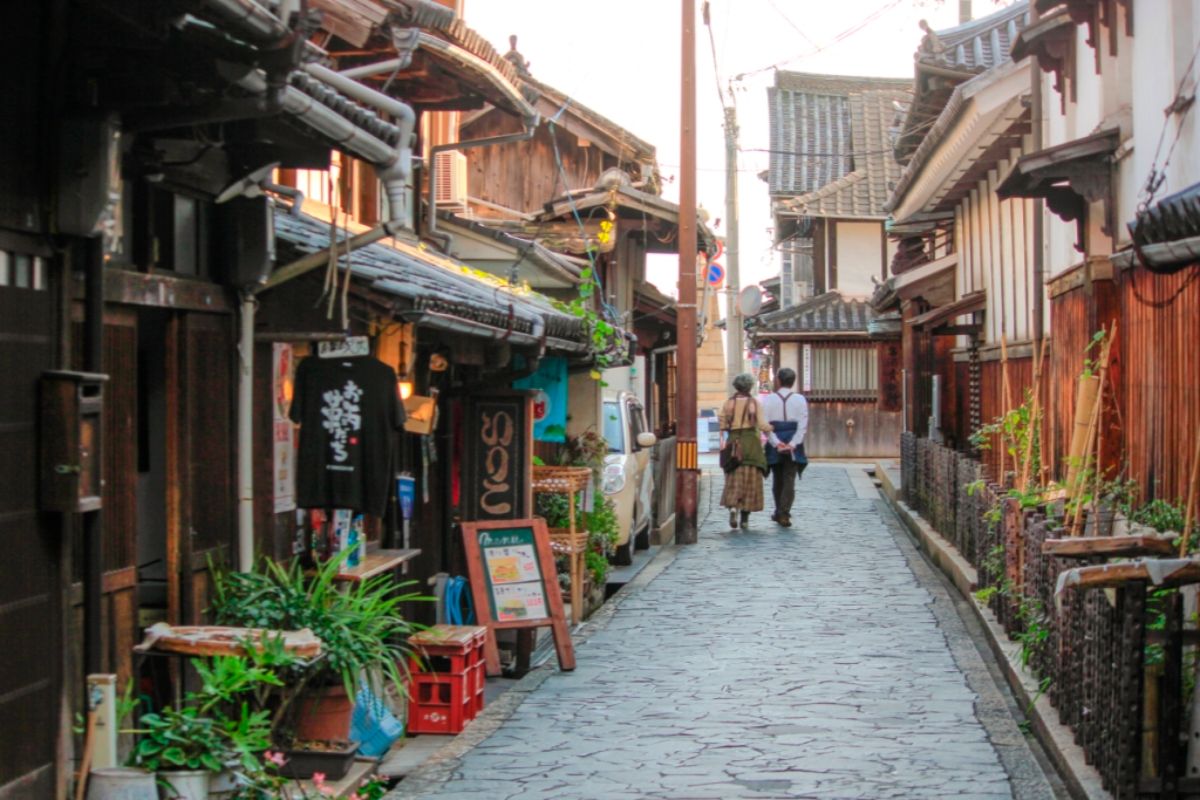
“Preservation District for Groups of Historic Buildings” dating back to Edo and Meiji era
It is quite unusual to have such a variety of traditional town homes, temples, shrines and stone structures from the pre-war era together in one place in such good condition. For this reason, this district of Tomonoura has been selected as a Preservation District for Groups of Historical Buildings of Japan in 2017. There are about 280 buildings dating back to the Edo Period, now protected for generations of visitors who come to Tomonoura to appreciate their beauty.
→ Link to Preservation District for Groups of Historic Buildings
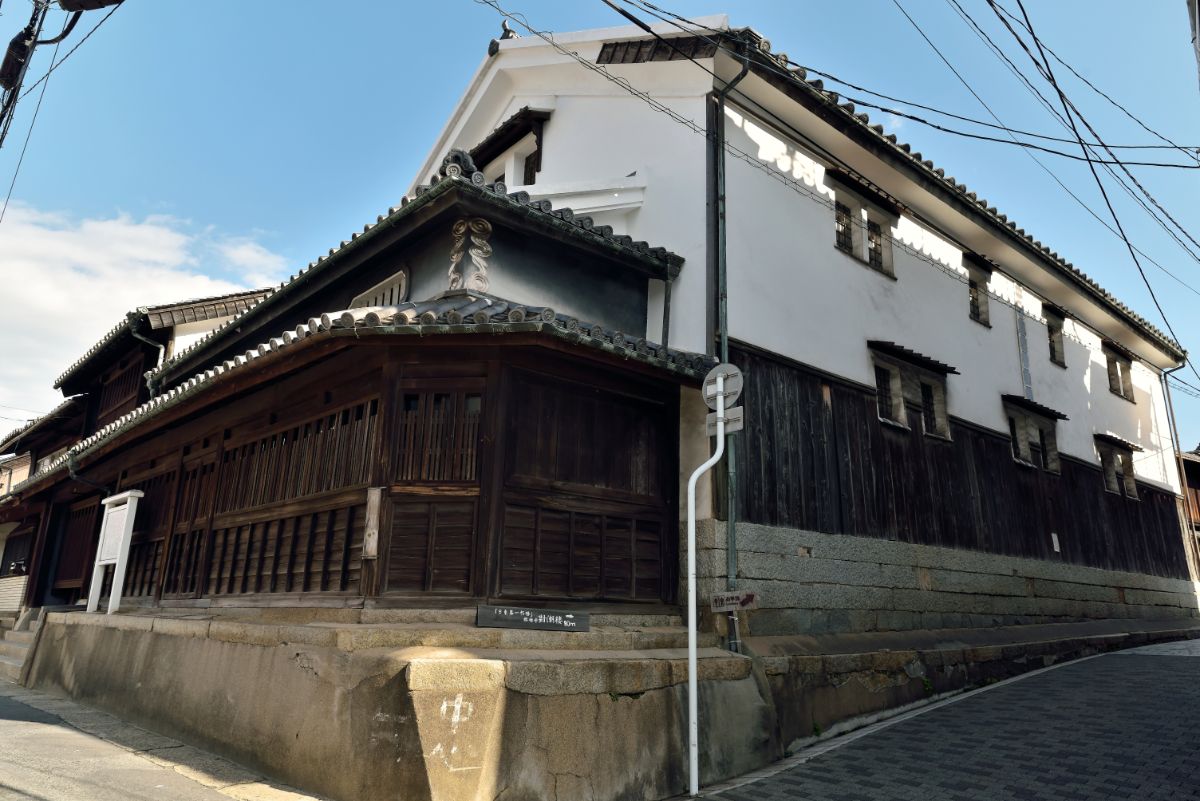
“Tomonotsu merchant house” – An example of creativity in wooden architecture
The Tomonotsu Merchant House was designated as an important cultural property of the city as it represents a typical merchant house in Tomo around the end of the Edo Period. You might notice that the floor plan is that of both a home and a functional storehouse and the thick mud walls of the storehouse contrast with the traditional wooden walls of the home. This storehouse was rebuilt in the Meiji era using the more modern wooden construction methods of the time.
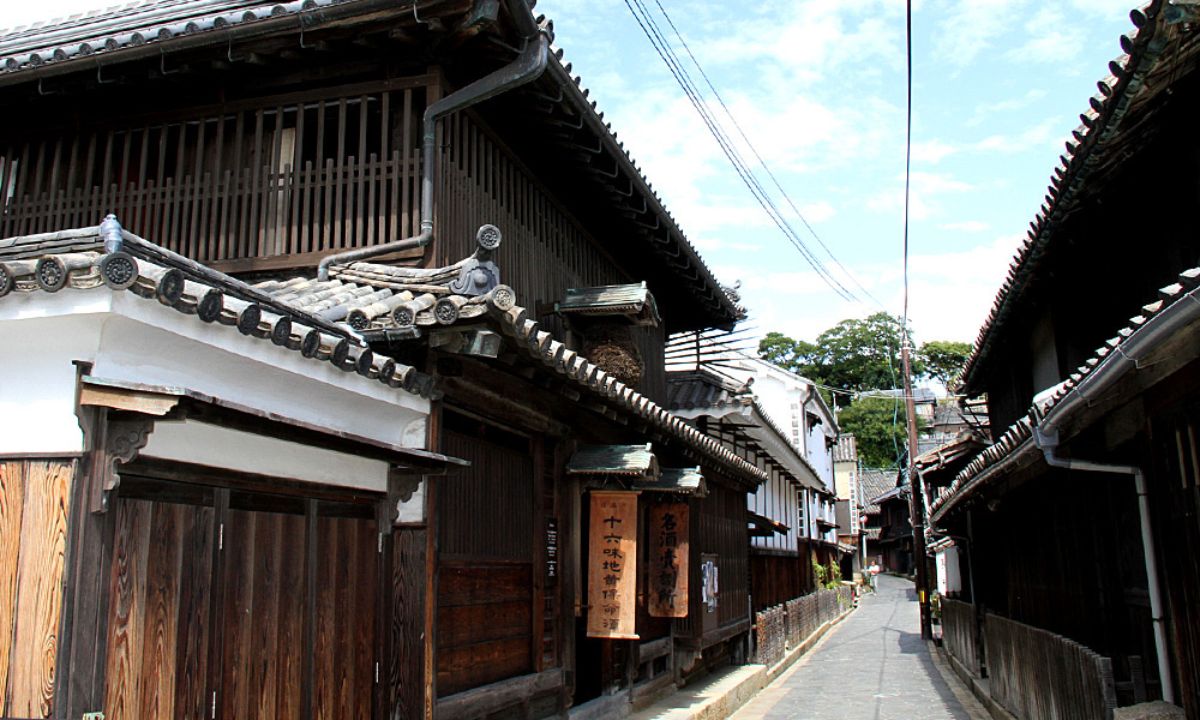
The birthplace of Houmei-shu, “Ota Residence”
The Ota Residence is a historical building where Chinese medicine doctor Kichibei Nakamura, who moved from Osaka to Tomo in 1655, started brewing Houmei-shu, a process which continues to this day. The Nakamura family prospered from making Houmei-shu, by monopolized the market on it during the Edo Period. At that time Houmei-shu was the largest contributor to the economy of the town. Eventually, the house was purchased by the Ota family, who were in the tugboat business, while the main storehouse, the cooking facilities, and the Houmei-shu storehouse were superbly preserved and were designated as an important cultural properties of the country in 1991.
→ Link to Houmei liquor
→ Link to Oita residence

“Okamoto Nagaya Gate” relocated from Fukuyama Castle
Okamoto Kametaro Honten, one of the Houmei-shu manufacturers, uses the Nagaya gate, which used to be part of the former Fukuyama Castle, as a shop. In 1873, when Fukuyama Castle was abandoned, the gate was relocated to Tomonoura, where it remains today. It is one of the designated important cultural properties of the city.
→ Link to Okamoto Kametaro Main Store
